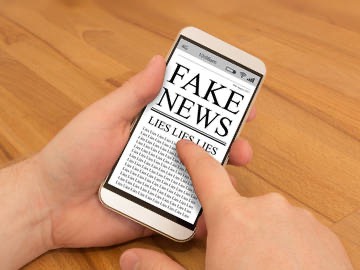This is a course on educational research. And bullshit. Not that I equate the two. If anything, this course is meant for you to be able to sift through data like the scholar you are and tell real research from bullshit.

FAKE NEWS is currently the lead story on our nightly news. FAKE NEWS is frequently used to describe a political story which is seen as damaging to an agency, entity, or person. However, it isn’t restricted to politics only. The printing and dissemination of spurious news is hardly new, but the term FAKE NEWS is. Believe it or not, FAKE NEWS appears to have begun at the end of the 19th century.
“Secretary Brunnell Declares Fake News About His People is Being Telegraphed Over the Country.” ~Cincinnati Commercial Tribune (Cincinnati, Ohio), June 7, 1890
So FAKE NEWS has been around for a long, long time. And not just in the local news regarding polictics.
Over my 37-year career as an educator and scholar (Um, check out my scholarly work at www.jeffsapp.com) I’ve seen several instances of what is known as a “scholarly publishing hoax” where “nonsense” papers were accepted and published in academic journals. The intent of these publications is to expose the shortcomings in a journal’s peer review process (you’ll learn more about peer review soon). The most famous of these was called the Sokol Hoax. Alan Sokal, a physics professor at New York University, submitted an article in 1996 to Social Text, an academic journal of postmodern cultural studies. Well, it is pretty funny to see academic folks punked, I have to admit. You can read more about the Sokol Hoax if you want by clicking here. But this kind of thing happens fairly regularly and the latest case of it is less than a few days old as I type this.
And these are just research scholars punking their peers.
What about, well, fake research that tries to undergird racism and anti-Semitism? I worked for years at The Southern Povery Law Center and one of the things they do is monitor domestic extremism. There have been lots of people over the years who have, for instance, started “academic” journals to deny the Holocaust or support claims made by academic racists. In other words, just because you read it in print doesn’t mean it is always truth.
So that’s why we’re here in GED 500. It is imperative that we learn to “read” the world of research and information if we are to present it to young minds.
So let’s learn about academic research. And, of course, bullshit.
**Note: I’m borrowing from this fabulous website/syllabi www.callingbullshit.org created by Carl T. Bergstrom and Jevin West. Thank you two for such an awesome resource!